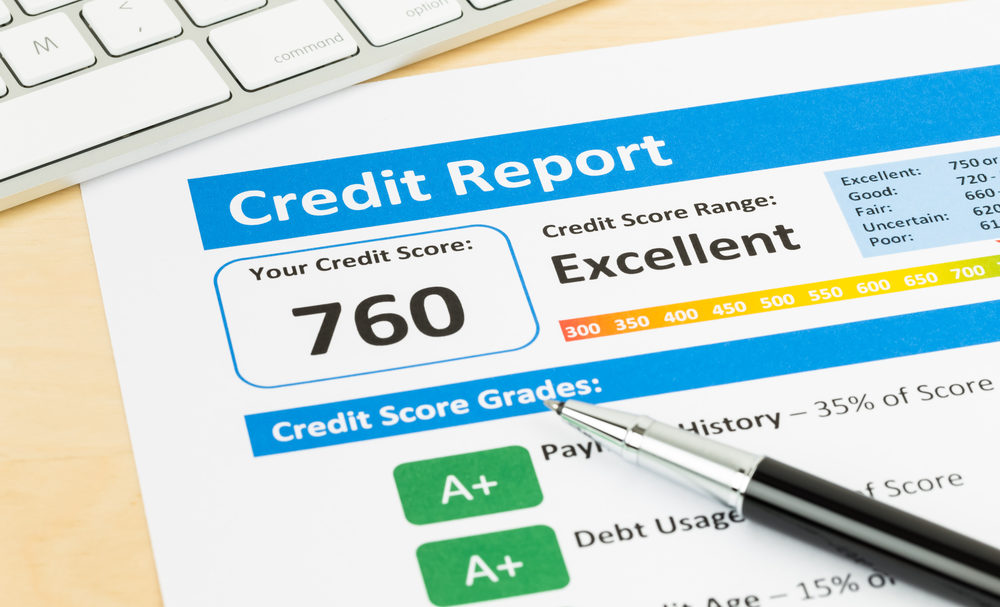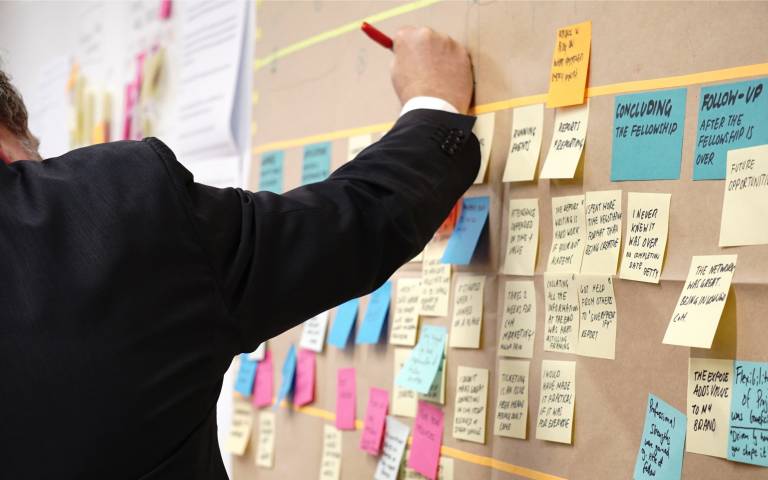Sustainable construction practices are no longer a niche concern but a mainstream imperative. As the construction industry faces increasing pressure to reduce its environmental impact, green building certifications have become essential. Among these, LEED (Leadership in Energy and Environmental Design) certification stands out as one of the most prestigious and widely recognised. This article explores LEED certification, its benefits, and how construction management software can streamline the certification process.
What is LEED Certification?
LEED is a globally recognised green building certification system developed by the U.S. Green Building Council (USGBC). It provides a framework for healthy, highly efficient, and cost-saving green buildings. LEED certification is available for all building types and all building phases, including new construction, interior fit-outs, operations, and maintenance. The certification process evaluates buildings based on several criteria, including energy efficiency, water usage, air quality, and choice of materials.

The LEED Certification Levels
LEED certification is awarded at four levels: Certified, Silver, Gold, and Platinum. The level achieved depends on the number of points earned across various sustainability categories. These categories include:
- Sustainable Sites
- Water Efficiency
- Energy and Atmosphere
- Materials and Resources
- Indoor Environmental Quality
- Innovation
- Regional Priority
Each category has specific requirements and credits that projects can earn by implementing sustainable practices.
Benefits of LEED Certification
Environmental Benefits
The primary goal of LEED certification is to reduce the environmental impact of buildings. LEED-certified buildings are designed to be energy and water-efficient, which helps conserve natural resources. They also promote better air quality by using low-emission materials and improving ventilation systems. These practices contribute to a healthier planet by reducing greenhouse gas emissions and pollution.
Economic Benefits
LEED-certified buildings often have lower operating costs due to their efficient use of resources. Energy and water savings can lead to significant cost reductions over the life of the building. Additionally, LEED buildings tend to have higher property values and can attract tenants willing to pay a premium for green spaces. Many governments and organisations also offer financial incentives, such as tax credits and grants, for LEED-certified projects.
Health and Wellbeing Benefits
Buildings with LEED certification provide healthier indoor environments for occupants. They incorporate design elements that improve air quality, natural lighting, and acoustics, contributing to overall wellbeing. Studies have shown that people who work or live in LEED-certified buildings report higher levels of satisfaction and productivity, as well as reduced absenteeism and better health outcomes.
Marketability and Reputation
Achieving LEED certification enhances a company’s reputation as a leader in sustainability. It demonstrates a commitment to environmental responsibility and can be a powerful marketing tool. As consumers and businesses increasingly prioritise sustainability, LEED certification can provide a competitive advantage in the marketplace.
The Role of Construction Management Software in LEED Certification
Obtaining LEED certification requires meticulous planning, documentation, and coordination. This is where construction management software comes into play. Such software streamlines the entire process, from design to construction and operation, ensuring that all sustainability goals are met efficiently.
Documentation and Reporting
LEED certification involves extensive documentation to prove that the building meets the required standards. Construction management software helps manage this documentation by providing a centralised platform for storing and organising all necessary records. It ensures that all project data is easily accessible and can be readily shared with stakeholders and certifying bodies.
Project Planning and Scheduling
Effective project planning is crucial for achieving LEED certification. Construction management software allows project managers to create detailed schedules that incorporate sustainability milestones. It helps in tracking progress and ensuring that all green building practices are implemented on time. This reduces the risk of missing critical deadlines and helps keep the project on track for certification.
Resource Management
Efficient resource management is a key aspect of sustainable construction. Construction management software enables project managers to track the use of materials, energy, and water throughout the project. It helps in selecting sustainable materials, optimising resource use, and minimising waste. By providing real-time data on resource consumption, the software supports informed decision-making and helps achieve LEED points related to resource efficiency.
Communication and Collaboration
Achieving LEED certification requires collaboration among various stakeholders, including architects, engineers, contractors, and sustainability consultants. Construction management software facilitates communication and collaboration by providing a centralised platform for sharing information and updates. This ensures that everyone involved in the project is aligned with the sustainability goals and can work together to achieve them.
Conclusion
LEED certification offers numerous benefits, from reducing environmental impact to enhancing building value and occupant wellbeing. However, achieving certification requires careful planning, documentation, and collaboration. Construction management software plays a crucial role in streamlining the LEED certification process, helping construction projects meet sustainability standards efficiently.
By leveraging construction management software, builders and developers can simplify the path to LEED certification, ensuring that their projects not only meet but exceed sustainability goals. This investment in green building practices not only benefits the environment but also delivers economic and health advantages, making it a smart choice for the future of construction.






